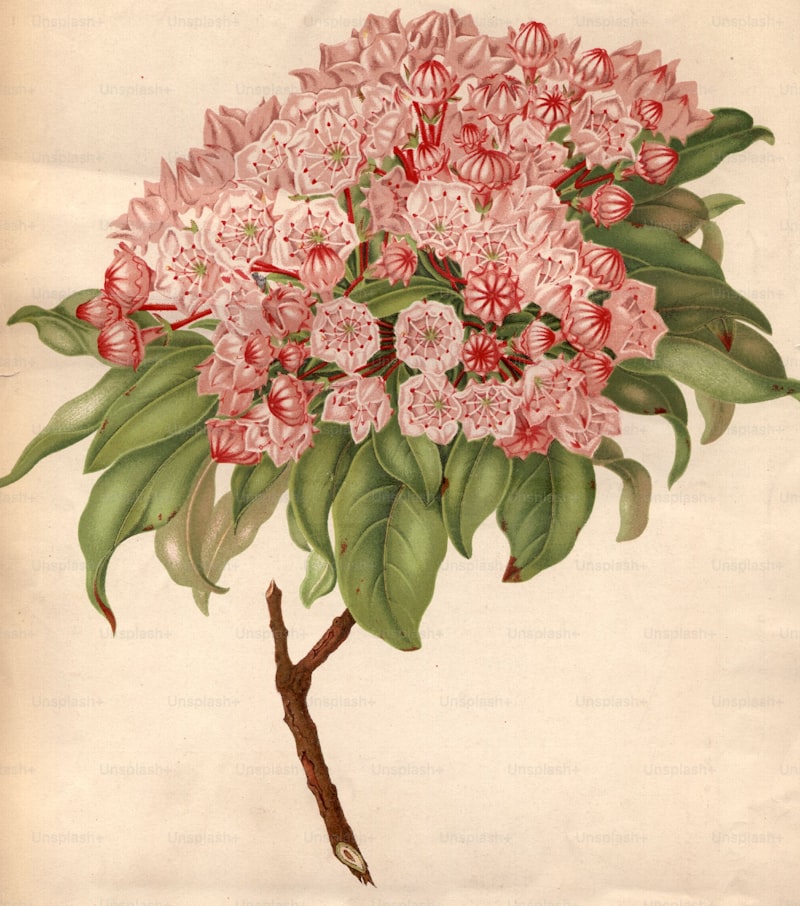Unlocking the Depth: Symbolism in Traditional Arrangements
Understanding the Role of Symbolism in Traditional Arrangements
Symbolism plays a pivotal role in various cultural practices around the world, especially in traditional arrangements. From floral arrangements to ceremonies, the incorporation of symbols enriches these traditions with deeper meanings. In this article, we delve into the significance of symbolism in traditional arrangements and explore how it enhances cultural expressions.
The Essence of Symbolism
Symbolism refers to the use of symbols to represent ideas or qualities. In traditional practices, symbolism acts as a bridge that links the material world with deeper spiritual meanings. This can be seen across various cultural contexts, from Asian floral arrangements to Western holiday decorations.
Various Types of Traditional Arrangements
| Type of Arrangement | Primary Symbolism | Common Use |
| Floral Arrangements | Beauty and Life | Weddings, Funerals |
| Table Settings | Harmony and Togetherness | Celebrations, Gatherings |
| Artistic Decor | Creativity and Expression | Festive Occasions |
The table above highlights how different types of traditional arrangements carry distinct symbolic meanings. Understanding these symbols is crucial for those wishing to participate meaningfully in cultural events.
Floral Arrangements: A Blooming Language of Symbols
In many cultures, flowers are more than mere decorations; they convey messages of love, hope, and remembrance. For instance, in Chinese culture, peonies symbolize wealth and prosperity, making them a popular choice during festivals and celebrations. On the other hand, white flowers are often used in Western funerals to represent purity and innocence.

Moreover, different color combinations in floral arrangements hold symbolic meanings. Bright colors are typically associated with celebration and joy, while muted tones may denote solemnity and reflection. Thus, the careful selection of flowers and their arrangements can create powerful messages in both joyous and mournful occasions.
Table Settings: Crafting Connections
Table settings not only facilitate dining but also symbolize relationships and social bonds. The arrangement of plates, cutlery, and centerpieces often reflects the formality of the occasion. In many cultures, setting the table mirrors traditional values surrounding hospitality and community. For instance, a round table is preferred in certain cultures as it fosters equality and togetherness while sharing a meal.
The Art of Table Arrangements Across Cultures
Different cultures have their unique table-setting traditions, each with its symbolism. Consider the following:
- Japanese Tea Ceremony: The tea set symbolizes hospitality and respect, where every gesture is imbued with meaning.
- Mexican Fiesta: Colorful tablecloths and vibrant dishes reflect the spirit of joy and communal celebration.
- Western Formal Dinners: A more structured arrangement symbolizes respect for the occasion and the guests.
These arrangements showcase how shared meals can carry the essence of cultural identity, transforming simple gatherings into profound experiences.
Artistic Decor: Creating a Message
Artistic decor, whether in homes or at events, provides a platform for expressing cultural identity and beliefs. Different artistic elements convey specific meanings—colors, patterns, and even materials utilized in decor refer back to traditional narratives.
For instance, in many Indigenous cultures, the use of vibrant colors symbolizes the connection to nature, ancestry, and spirituality. In contrast, the use of earthy tones in certain cultures might reflect a sense of groundedness and stability. Artistic decor becomes a canvas upon which traditions and beliefs are painted, bringing them to life in the modern world.
The Impact of Globalization on Traditional Symbolism
As the world becomes increasingly interconnected, traditional arrangements face both opportunities and challenges. Globalization allows various cultures to intermingle, leading to the hybridization of traditional practices.
For example, contemporary floral arrangements often blend Eastern and Western styles, combining the symbolism of different flowers and practices into a single piece. While this promotes cultural exchange, it also raises questions about the preservation of authenticity and original meanings.
How to Incorporate Symbolism in Your Traditional Arrangements
For those looking to create traditional arrangements that resonate with deeper meanings, consider the following tips:
- Research: Understand the cultural significance of the elements you wish to incorporate.
- Choose Mindfully: Select colors and materials that resonate with the message you want to convey.
- Personal Touch: Incorporate personal symbols or items that have unique meanings to you and your family.
By being thoughtful about symbolism, you can elevate your traditional arrangements and create a richer narrative that speaks to both personal and cultural connections.
Conclusion: The Importance of Symbolism in Traditional Arrangements
Symbolism in traditional arrangements breathes life into cultural practices, offering depth and meaning that transcends the ordinary. Whether through floral arrangements, table settings, or artistic decor, the choices made reflect the values and beliefs of individuals and communities.
As you dive into the world of traditional symbolism, remember to respect the origins of these practices while allowing your personal touches to shine through. Embrace the rich tapestry of meanings and allow them to inform your arrangements, making each creation a blend of history, culture, and personal expression.
Always be aware of the nuances associated with cultural symbolism—misinterpreting or misusing these elements can lead to misunderstandings. Engage with materials and traditions responsibly, ensuring respect for the cultural contexts from which they arise.
In summary, understanding and incorporating symbolism in traditional arrangements not only enhances the aesthetic qualities of your creations but also fosters a deeper connection to cultural narratives and collective histories.